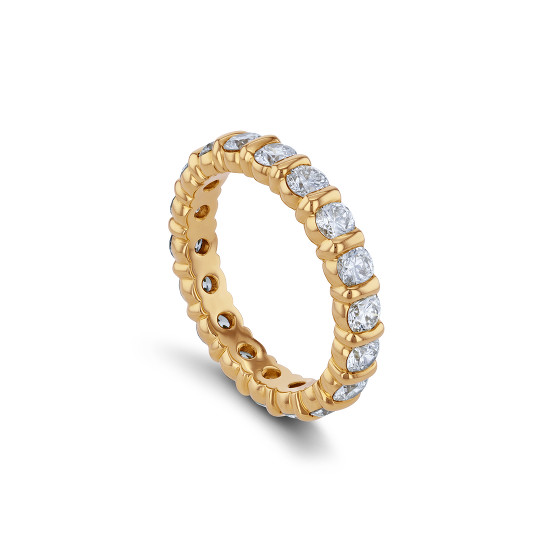The
Golconda Diamonds
The most famous historical source for diamonds of the highest standards of transparency, clarity and colour were the Golconda mines. These Indian deposits eventually became exhausted centuries ago and gems from this origin belong to the precious gemstones, which are rarely encountered in the trade today. The term Golconda diamond is nowadays used by some as a quality description of more valuable Type IIa diamonds, which also come from other origins.
Associated with the famous ‘Golconda’ appellation are always Type IIa diamonds, the most valuable of the colourless diamonds as they have almost no impurities, whereas Type I diamonds tend to have some nitrogen trapped in the crystal structure.











